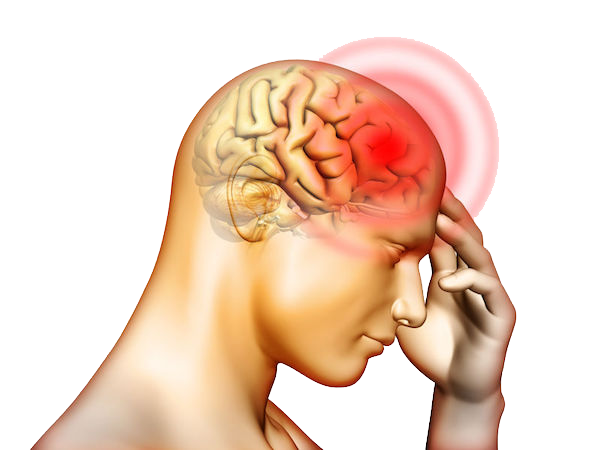
Migraine
Migraine is a distinct neurological disease, involving the recurrent attacks of moderate to severe head pain, often associated with nausea, vomiting and sensitivity to light, sound and odors. Migraine is associated with personal pain, disability and reduced quality of life, having a limiting impact on an individual’s ability to carry out everyday tasks. It was reported by the World Health Organization to be one of the top 10 causes of years lived with disability for men and women.
Treatment
There is currently no single cure for migraines. Treatment is aimed at preventing a full-blown attack, and alleviating the symptoms that occur.
Lifestyle alterations that might help reduce the frequency of migraines include:
- getting enough sleep
- reducing stress
- drinking plenty of water
- avoiding certain foods
- regular physical exercise
Some people also find that special diets can help, such as gluten-free.
Consider seeking further treatment if the above changes do not relieve the symptoms or frequency of migraines. The treatment of migraine symptoms focuses on avoiding triggers, controlling symptoms, and taking medicine.
Existing preventive therapies have been repurposed from other indications and are often associated with poor tolerability and lack of efficacy. This leads to high discontinuation rates among patients.

